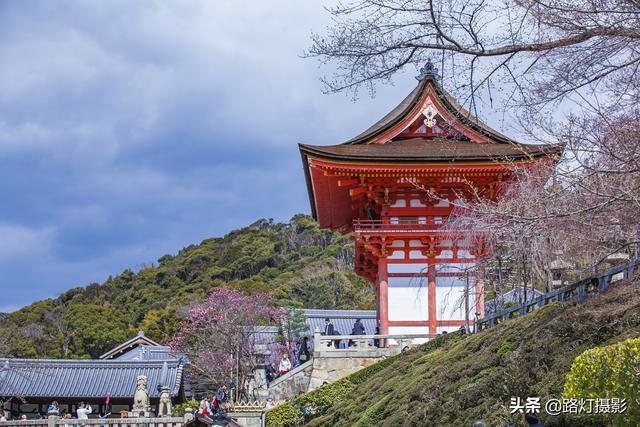天选兰花的生存智慧:成功需要努力配点运气
三枚萼片、三枚花瓣、一个合蕊柱,这样独特的外貌让我们可以很容易辨认出兰科植物。兰科植物种类丰富,当前确认的约有815属22000-27000余种。它们的花瓣千姿百态,有袋状的兜兰(Paphiopedilum spp.)、瓣状的文心兰(Oncidium flexuosum)、分叶状的鹤顶兰(Phaius tancarvilleae)、丝状的章鱼兰(Prosthechea cochleata)等超过数十种类型,颜色也极为丰富,几乎涵盖了可见光谱中的所有颜色,如红色系火焰兰(Renanthera coccinea)、紫色系紫纹兜兰(Paphiopedilum purpuratum)、白色系夜夫人白拉索兰(Brassavola nodosa)等等;身材魁梧如身高最高可达7米的皇后兰(Grammatophyllum speciosum),娇小柔弱如花序仅有1-2cm的小沼兰(Oberonioides microtatantha)。兰科植物的每个形态、每种特点都不是随便长长,而是为了生存、繁衍、适应环境,千锤万凿雕刻出来的自然艺术品。
5.紫纹兜兰6.夜夫人白拉索兰7.皇后兰8.小沼兰
(图片来源:李光敏、刘冰、吴棣飞、华***、
金宁、叶喜阳;NParks Flora E,K, et al. The genome sequence of the orchid Phalaenopsis equestris[Jl. Nat Genet, 2015,47:65-72
4. CHRISTENHUSZ·M J,BYNG·w..The·number·of.knownpSspecies inthe world and its annual.increaseLant[J].·Phytotaxa,·2016,261(3):201-217.2.
5. Department of Plant Biology, Swedish University of Agricultural Sciences and Linnean Center for Plant Biology, Uppsala 75007, Sweden
6. Givnish, T. J. et al. Orchid phylogenomics and multiple drivers of their extraordinary diversification. Proc. R. Soc. B 282, 1553 (2015)
7. Givnish, T. J. et al. Orchid historical biogeography, diversification, Antarctica and the paradox of orchid dispersal. J. Biogeogr. 43, 1905–1916 (2016)
8. Jiao, Y., Peluso, P., Shi, J. et al. Improved maize reference genome with single-molecule technologies. Nature 546, 524–527 (2017). https://doi.org/10.1038/nature22971
9. Pérez-Escobar,et al., Forest, F., Nargar, K., Renner, S.S., Baker, W.J. and Antonelli, A. (2024), The origin and speciation of orchids. New Phytol, 242: 700-716.
10. Roberts, D. L. 13(5):228-35. doi: 10.1016/j.tplants.2008.02.008. Epub 2008 Apr 16. PMID: 18424223.
12. WU Z Y, RAVEN P H, HONG D Y. Flora of China M. Beijing: Science Press, 2007:25
13. YEUNG E C.A perspective on orchid seed and protocorm development[J].Botanical studies,2017,58:1-14.
14. ZHANG·G·Q,·LIU.K.W,·LI·Z,·et·a1.2.The·Apostasia·genome and.the.evolutionof.orchidsJ549:379-383.Nature.·2017
15. Zuntini, A.R., Carruthers, T., Maurin, O. et al. Phylogenomics and the rise of the angiosperms. Nature 629, 843–850 (2024). https://doi.org/10.1038/s41586-024-07324-0

 上一篇
上一篇 下一篇
下一篇






